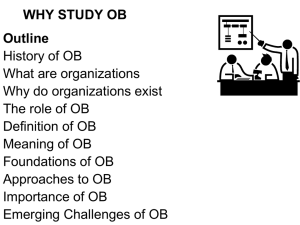ECE 101/L
advertisement
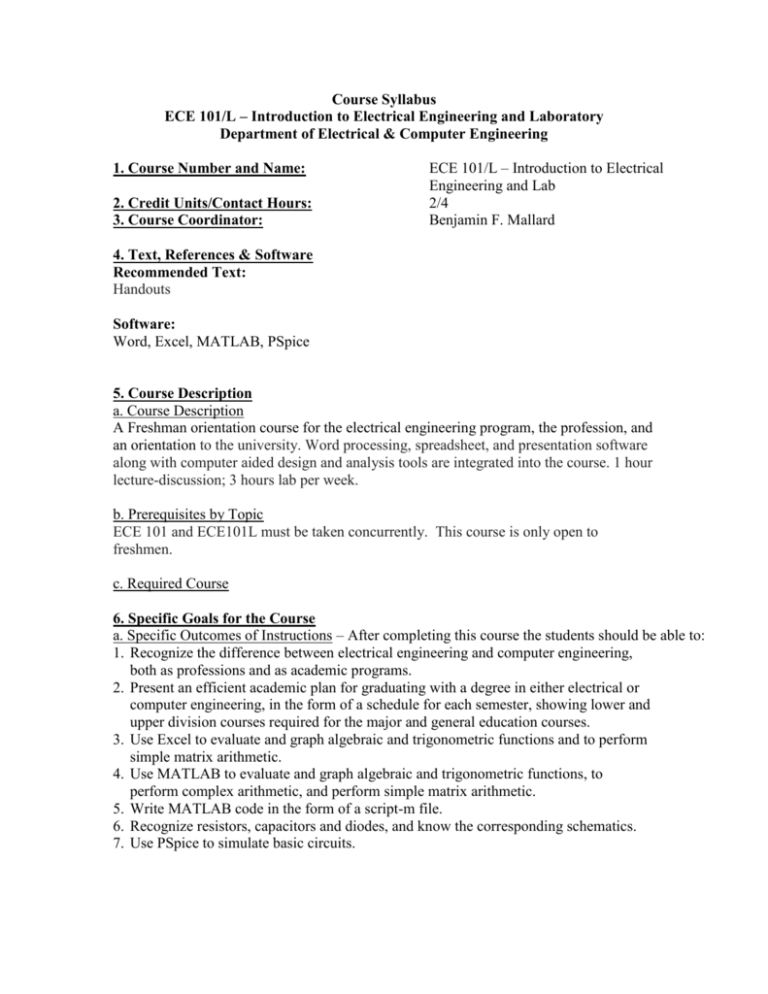
Course Syllabus ECE 101/L – Introduction to Electrical Engineering and Laboratory Department of Electrical & Computer Engineering 1. Course Number and Name: 2. Credit Units/Contact Hours: 3. Course Coordinator: ECE 101/L – Introduction to Electrical Engineering and Lab 2/4 Benjamin F. Mallard 4. Text, References & Software Recommended Text: Handouts Software: Word, Excel, MATLAB, PSpice 5. Course Description a. Course Description A Freshman orientation course for the electrical engineering program, the profession, and an orientation to the university. Word processing, spreadsheet, and presentation software along with computer aided design and analysis tools are integrated into the course. 1 hour lecture-discussion; 3 hours lab per week. b. Prerequisites by Topic ECE 101 and ECE101L must be taken concurrently. This course is only open to freshmen. c. Required Course 6. Specific Goals for the Course a. Specific Outcomes of Instructions – After completing this course the students should be able to: 1. Recognize the difference between electrical engineering and computer engineering, both as professions and as academic programs. 2. Present an efficient academic plan for graduating with a degree in either electrical or computer engineering, in the form of a schedule for each semester, showing lower and upper division courses required for the major and general education courses. 3. Use Excel to evaluate and graph algebraic and trigonometric functions and to perform simple matrix arithmetic. 4. Use MATLAB to evaluate and graph algebraic and trigonometric functions, to perform complex arithmetic, and perform simple matrix arithmetic. 5. Write MATLAB code in the form of a script-m file. 6. Recognize resistors, capacitors and diodes, and know the corresponding schematics. 7. Use PSpice to simulate basic circuits. b. Relationship to Student Outcomes This course supports the achievement of the following student outcomes: a. An ability to apply knowledge of mathematics, science, and engineering to the analysis of electrical engineering problems. b. An ability to design and conduct scientific and engineering experiments, as well as to analyze and interpret data. c. An ability to design systems which include hardware and/or software components within realistic constraints such as cost, manufacturability, safety and environmental concerns. d. An ability to function in multidisciplinary teams. e. An ability to identify, formulate, and solve electrical engineering problems. f. An understanding of ethical and professional responsibility. g. An ability to communicate effectively through written reports and oral presentations. h. An understanding of the impact of engineering in a social context. k. An ability to use modern engineering techniques for analysis and design. 7. Topics Covered/Course Outline The outline below lists the major topics to be covered in the course. Within the context of these topics the faculty will integrate the use of a number of computer tools including spreadsheets, work processing, presentation software, and computer-aided design and analysis tools. Design projects will also be integrated throughout the course. 1. Introduction to the College and Department 2. Study Skills/Time Management 3. Introduction to the Electrical Engineering Profession 4. The Disciplines within Electrical Engineering: Biomedical Engineering 5. The Disciplines within Electrical Engineering: Control Systems 6. The Disciplines within Electrical Engineering: Communication Systems 7. The Disciplines within Electrical Engineering: Electronics 8. The Disciplines within Electrical Engineering: Digital Systems Design 9. The Disciplines within Electrical Engineering: Electric Power Systems 10. The Disciplines within Electrical Engineering: Antenna and Microwave Systems 11. Academic Planning: The Electrical Engineering Program 12. Ethics and Responsibility 13. Team Project, with Report & Presentations Prepared by: Benjamin F. Mallard, Professor of Electrical and Computer Engineering, November 2011 Ali Amini, Professor of Electrical and Computer Engineering, March 2013


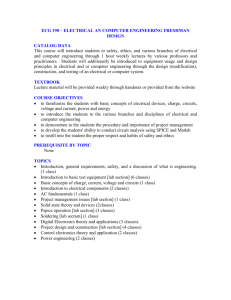
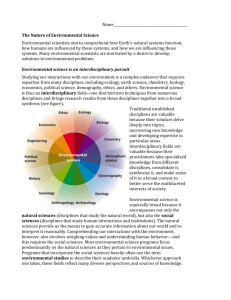
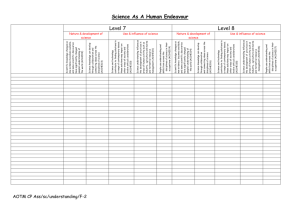
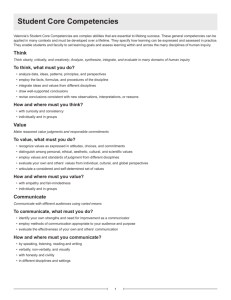
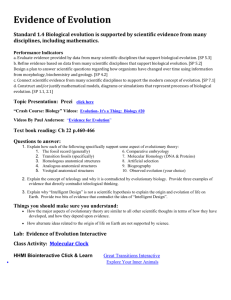
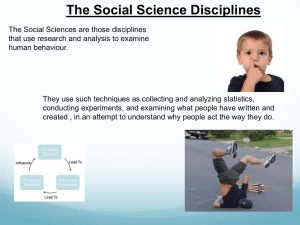
![Information Technology Fundamentals [Opens in New Window]](http://s3.studylib.net/store/data/007410236_1-d2e025979772004d6f16ca29714864a0-300x300.png)


